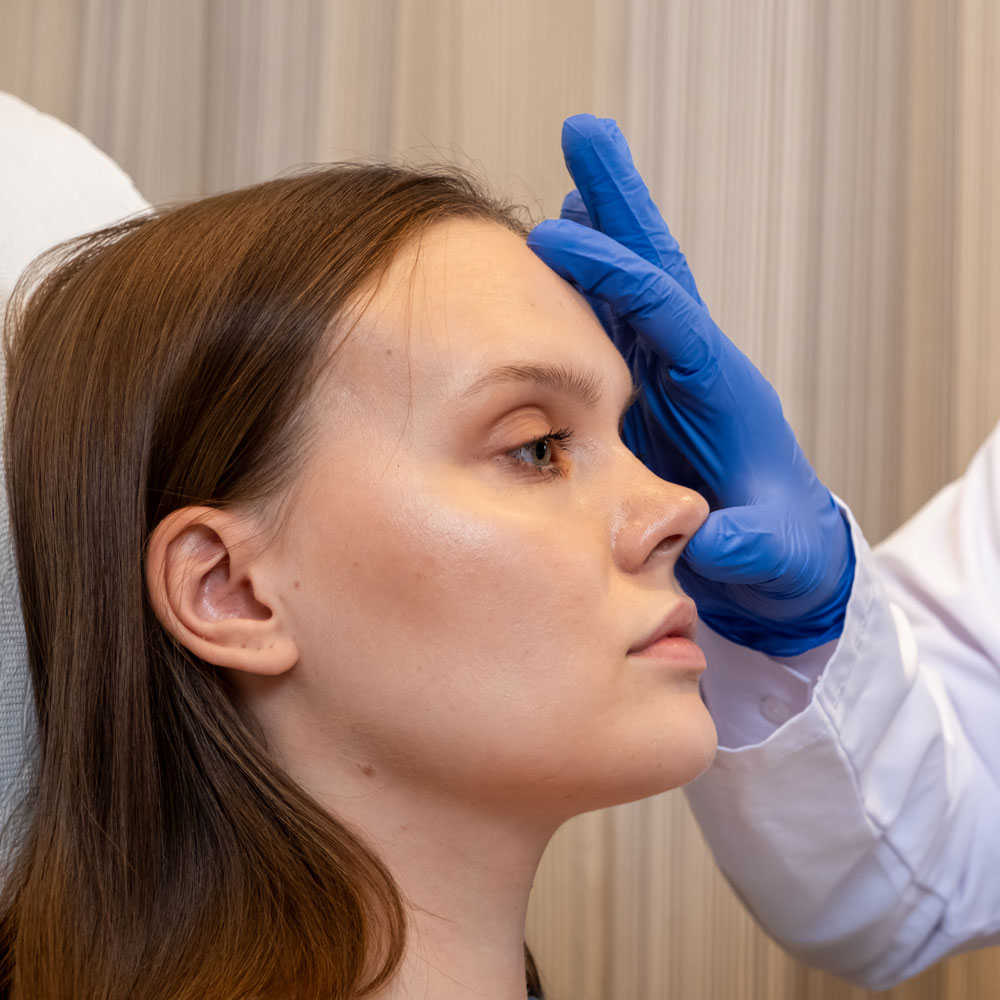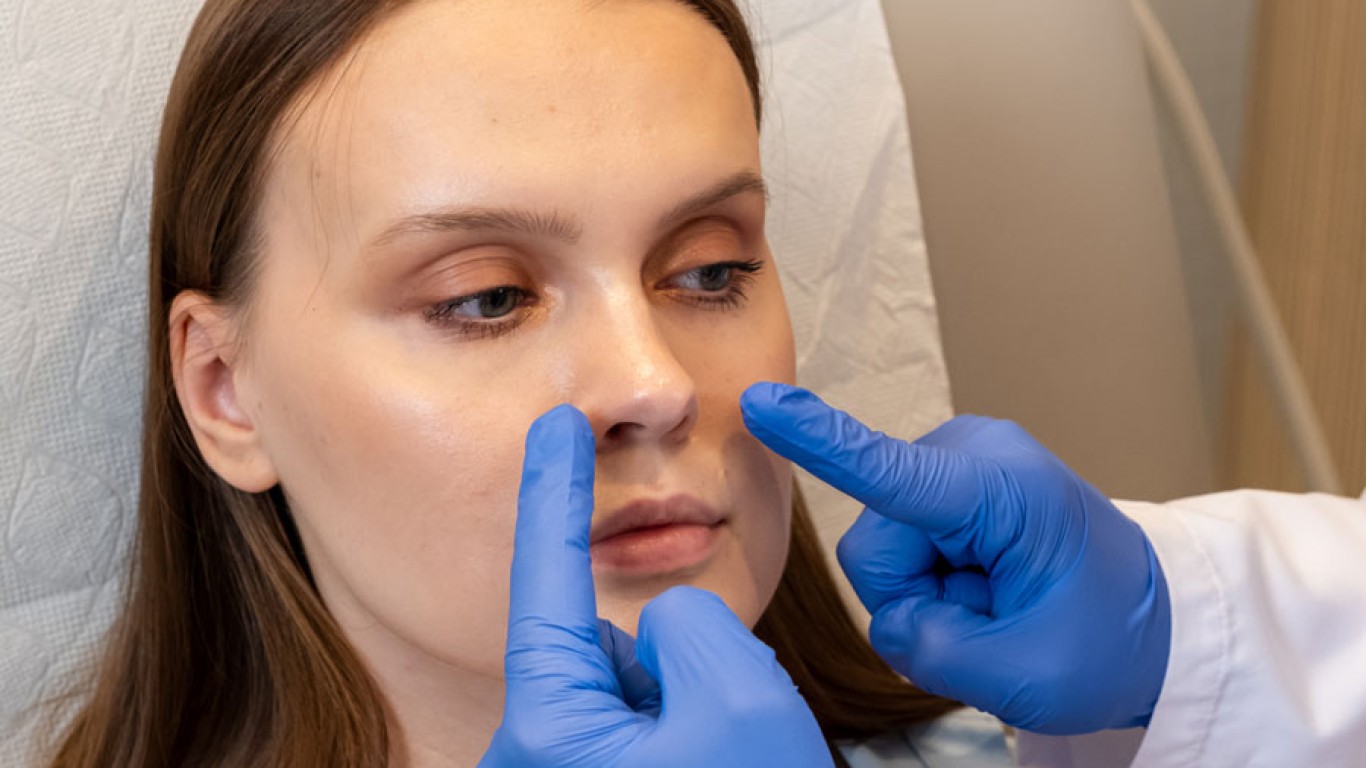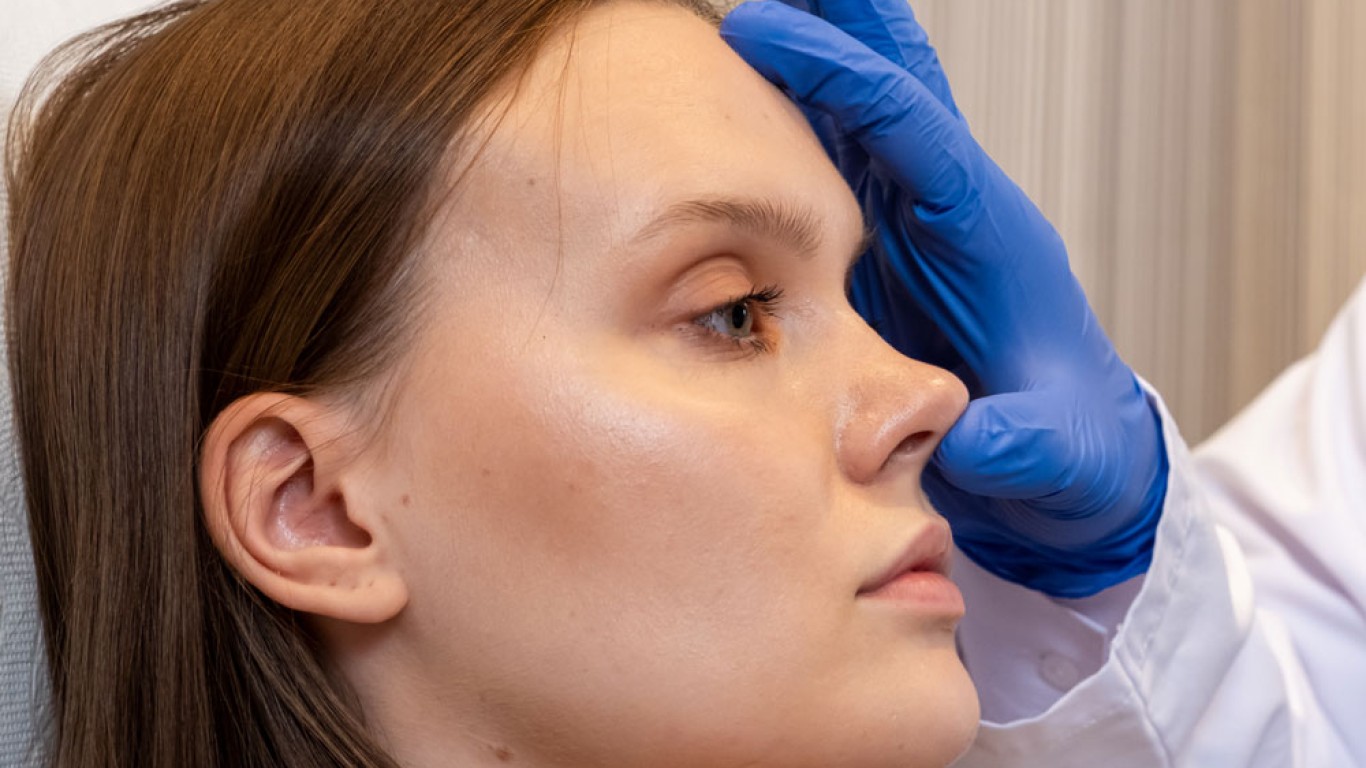Septoplasty vs. Rhinoplasty
When it comes to nasal surgeries, septoplasty and rhinoplasty are often mentioned. While they might seem similar, they serve different purposes. Sometimes they are performed in conjunction with each other. Understanding the distinction is crucial for anyone considering nasal surgery. This article delves into what sets septoplasty apart from rhinoplasty.
Understanding Septoplasty
What is Septoplasty?
Septoplasty is a surgical procedure that corrects a deviated septum. This may have been present since birth or affected during a nasal injury. The septum, composed of bone and cartilage, divides the nasal cavity in half. If it's deviated, it can cause breathing difficulties, chronic sinusitis, and other complications. Septoplasty aims to straighten the nasal passage, enhancing airflow and function.
Who Needs Septoplasty?
Candidates for septoplasty often experience:
- Chronic nasal congestion
- Recurrent sinus infections
- Breathing difficulties, especially noticeable during sleep
- Reduced sense of smell
Rhinoplasty: More Than Cosmetic
Understanding Rhinoplasty
Contrary to septoplasty, rhinoplasty is often perceived as a cosmetic procedure. It involves altering the shape and size of the nose to enhance facial harmony. It can alter the bone, cartilage or skin of the nose. However, rhinoplasty can also address functional issues. A rhinoplasty is what most people generally consider to be a ‘nose job’.
Who Opts for Rhinoplasty?
Individuals seeking rhinoplasty might want to:
- Modify the size or shape of their nose
- Correct a bump on the nasal bridge
- Alter the width of the nostrils
- Repair deformities from an injury
- Address breathing issues, sometimes in combination with septoplasty
Septoplasty Vs. Rhinoplasty: The Differences
The primary difference lies in their objectives:
-
Purpose:
- Septoplasty: Corrects a deviated septum, focusing on nasal function
- Rhinoplasty: Alters the nose's appearance, though it can also improve function
-
Procedure:
- Septoplasty: Involves restructuring the septum to improve airflow
- Rhinoplasty: May involve bone and cartilage reshaping, and skin modification
-
Recovery:
- Septoplasty: Generally quicker, focusing on internal healing
- Rhinoplasty: Often involves external healing, with a longer recovery due to cosmetic alterations
-
Outcomes:
- Septoplasty: Enhanced breathing, reduced sinus issues
- Rhinoplasty: Cosmetic changes, potentially improved breathing
Combining Septoplasty and Rhinoplasty
In some cases, patients opt for both. This combination addresses both functional and aesthetic concerns. The surgeon corrects the deviated septum and reshapes the nose in a combined procedure.
Making the Right Choice
Choosing between septoplasty and rhinoplasty depends on your needs. If breathing issues are your primary concern, septoplasty might suffice. For aesthetic changes, rhinoplasty is the way to go. A detailed consultation with a skilled surgeon is vital. They can guide you based on your nasal structure and personal goals.
Conclusion
Septoplasty and rhinoplasty, while different, can profoundly impact a person's life. Whether seeking functional improvement, cosmetic enhancement, or both, it's important to understand each procedure's nuances. Always consult with a certified specialist or medical professional. This ensures you can choose the best path for your nasal health and aesthetic desires.
For more information and to book a consultation visit the ACIBADEM Beauty Center Rhinoplasty page.
Frequently Asked Questions
Yes, its primary focus is to correct a deviated septum to improve breathing.
While it's not the goal, minor changes in nose shape can occur post-septoplasty.
Recovery typically takes a few weeks, with major swelling subsiding within this period.
As a functional surgery, septoplasty is often covered by insurance. Unlike rhinoplasty, which is seen as cosmetic.
Yes, you can opt for rhinoplasty at a later time if desired.














